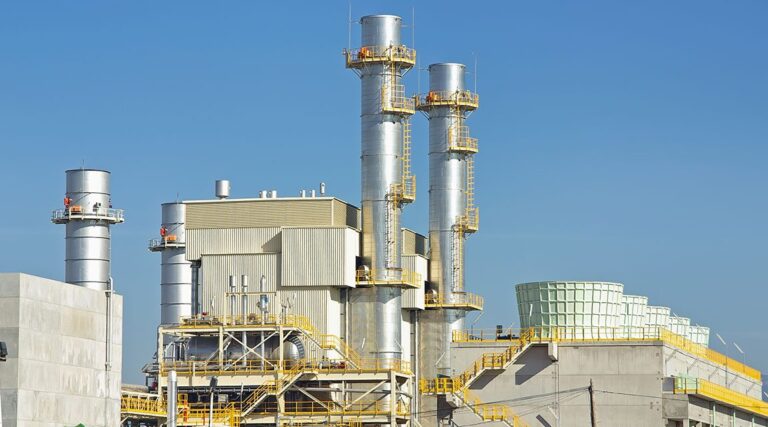
Nigeria’s economy is showing signs of renewed vitality, with the International Monetary Fund (IMF) raising its growth forecast for 2025 to 3.9%, up 0.5 percentage points from earlier projections, according to APAnews.
The revision reflects a revitalised oil sector and improved investor confidence in Africa’s largest economy.
After several years of uneven production, Nigeria’s oil industry has regained momentum. Data from the Nigerian Upstream Petroleum Regulatory Commission (NUPRC) indicate that daily output has surpassed 1.7 million barrels, with plans to reach 2.1 million barrels in the near term. Authorities attribute this increase to enhanced security in extraction zones and fresh investments.
The approval of several new field development plans has further strengthened confidence among both local stakeholders and international markets.
“This revival is not just a short-term boost for the oil sector,” the IMF noted, highlighting structural adjustments that make the broader economy more predictable.
Reforms in energy and finance have opened the door to new capital flows, while adjustments to the exchange rate have clarified monetary market dynamics.
Flexible fiscal policies have also supported consumption and investor trust, creating a more stable environment for economic activity.
Nigeria’s renewed trajectory demonstrates how a nation can leverage its natural resources while addressing internal economic imbalances.
Oil production acts as both a stimulus and a test of the government’s ability to convert resource revenue into sustainable diversification.
With a projected growth rate of 3.9% in 2025, Nigeria is gradually moving toward a more sustained economic expansion.
Positive indicators include returning investor confidence, relative monetary stability, and rising public revenues.
However, the resilience of this recovery will depend on the country’s capacity to navigate global market fluctuations and ongoing trade tensions among major powers.
The coming months will test whether Nigeria can transform its oil-led rebound into a broader, more durable economic upswing while continuing reforms to ensure long-term stability and inclusive growth.



